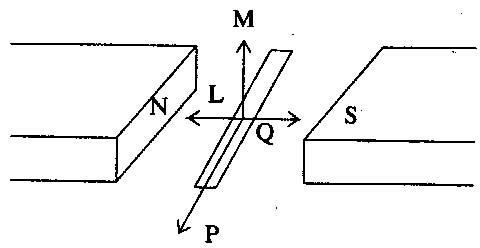
electromagnetic induction
Electromagnetic induction and Faraday’s experiments
E.M. induction is the phenomenon of production of induced electric current and induced e.m.f in a
conducting loop whenever the magnetic flux linked with the loop is changed. This phenomenon was
discovered by Faraday.
Whenever there is a relative motion between coil and the magnet, induced e.m.f. is produced in the coil and
induced current flows in the circuit. The induced current exists till there is a relative motion.
The magnitude of induced current or e.m.f. is large if relative velocity is large. The polarity of induced e.m.f.
changes if the relative velocity is reversed in direction.
Laws of electromagnetic induction
First law: Whenever there occurs a change in the magnetic flux linked with a coil, there is an induced e.m.f.
in the coil. The induced e.m.f. lasts so long as the change in flux is taking place. There is an induced current
only when coil circuit is complete.
Second law: The magnitude of induced e.m.f. is directly proportional to the rate of change in the magnetic
flux, i.e.
Lenz’s law: The direction of the induced current is such that it tends to oppose the cause producing it.
a. Combining the second and third law: e = -N(dØ/dt).
b. Lenz’s law is based on law of conservation of energy.
Fleming’s right hand rule: Stretch the thumb and two nearby fingers of your right hand in three mutually
perpendicular directions such that if the forefinger points along the direction of magnetic field and thumb
along the direction of motion of the conductor, then the central finger points in the direction of induced
current.
1 Induced e.m.f. and induced current are in no way different from the e.m.fs. and currents provided by a
battery connected to a conducting loop.
2 The induced e.m.f. in a circuit does not depend on the resistance of the circuit as e = -(dØ/dt). However,
the induced current in the circuit does depend on the resistance.
electromagnetic induction.pdf

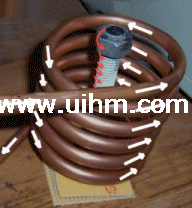
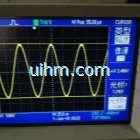
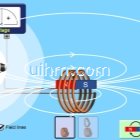
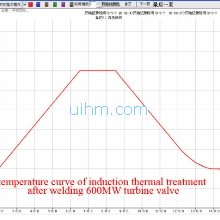
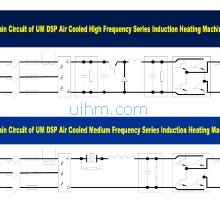

Newest Comment
No Comment
Post Comment